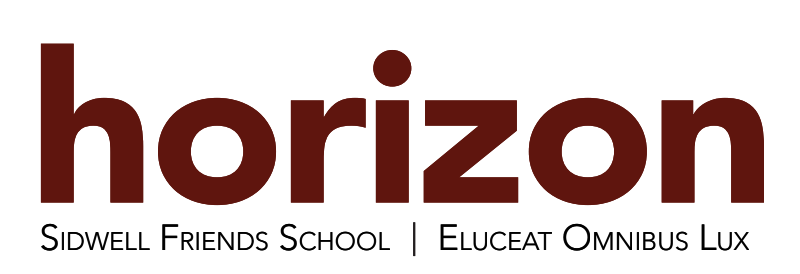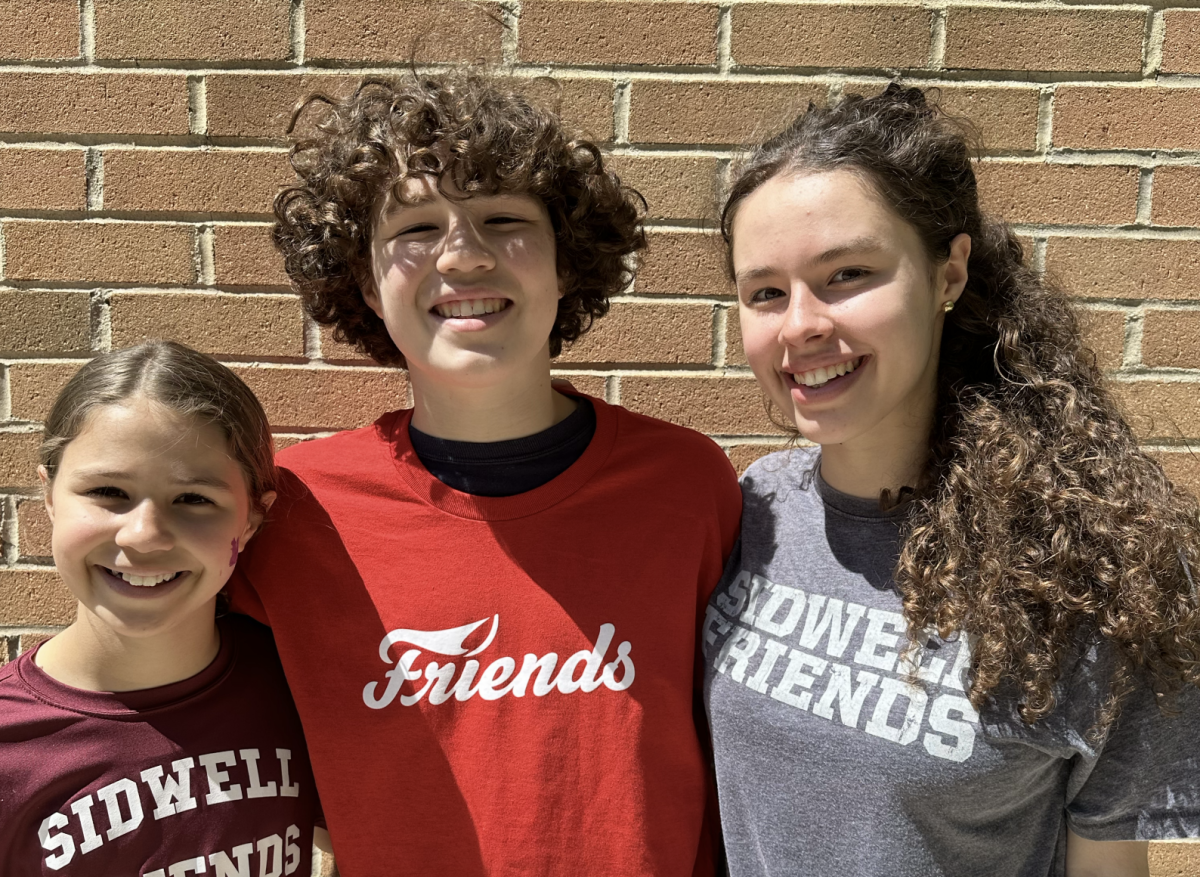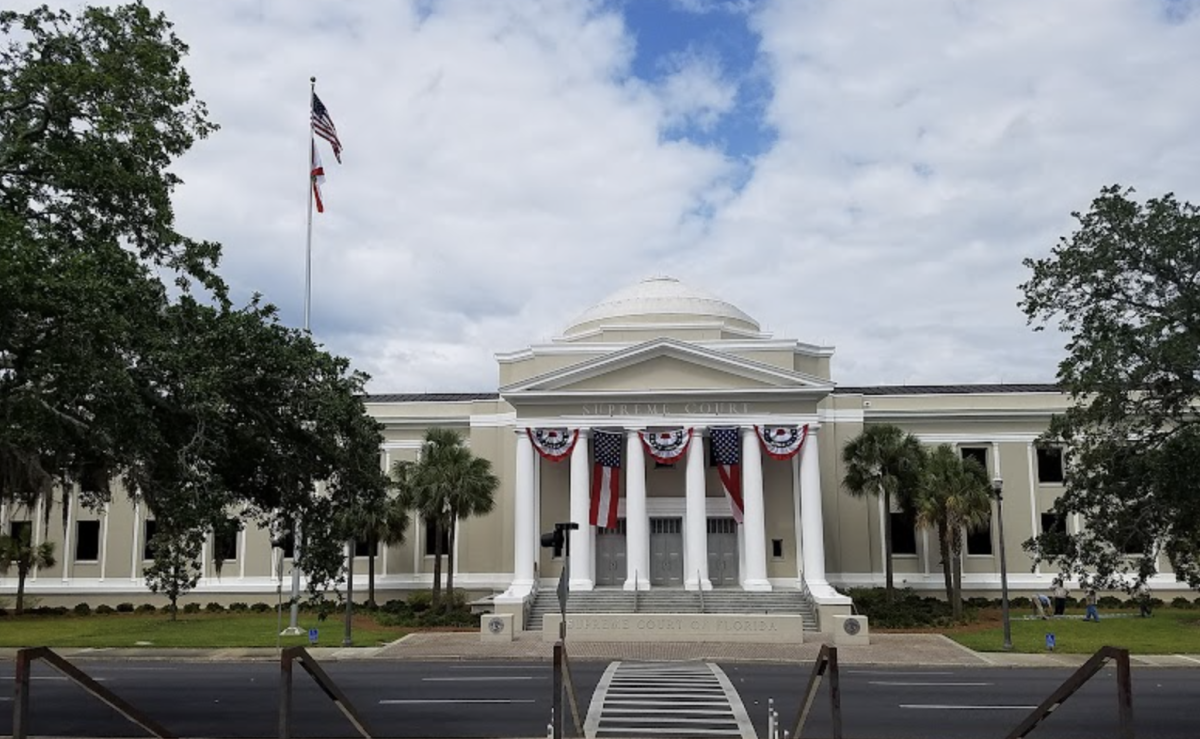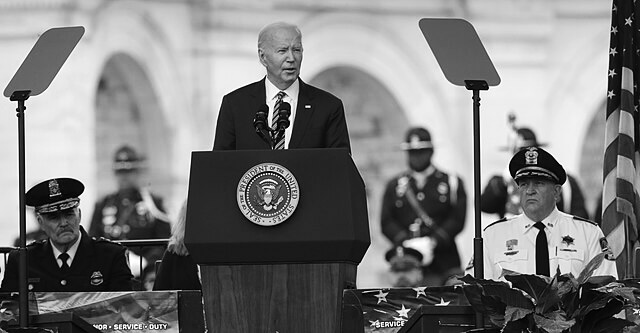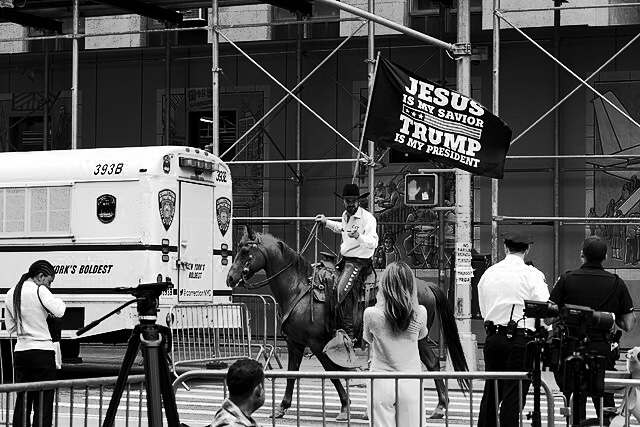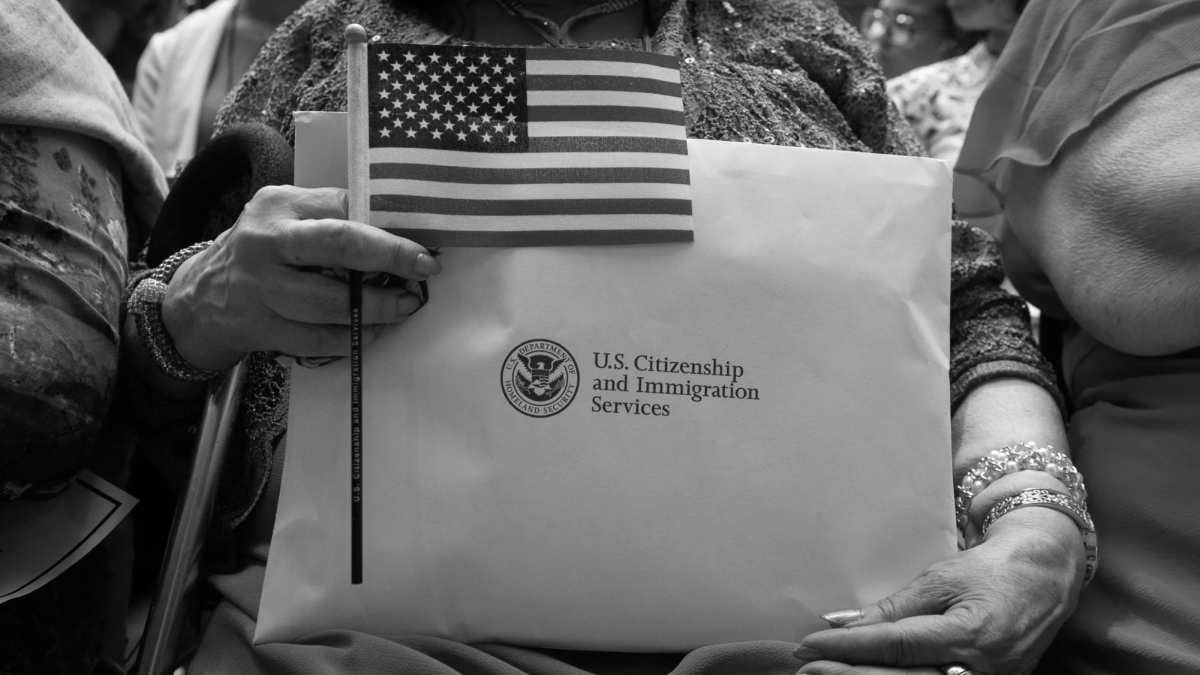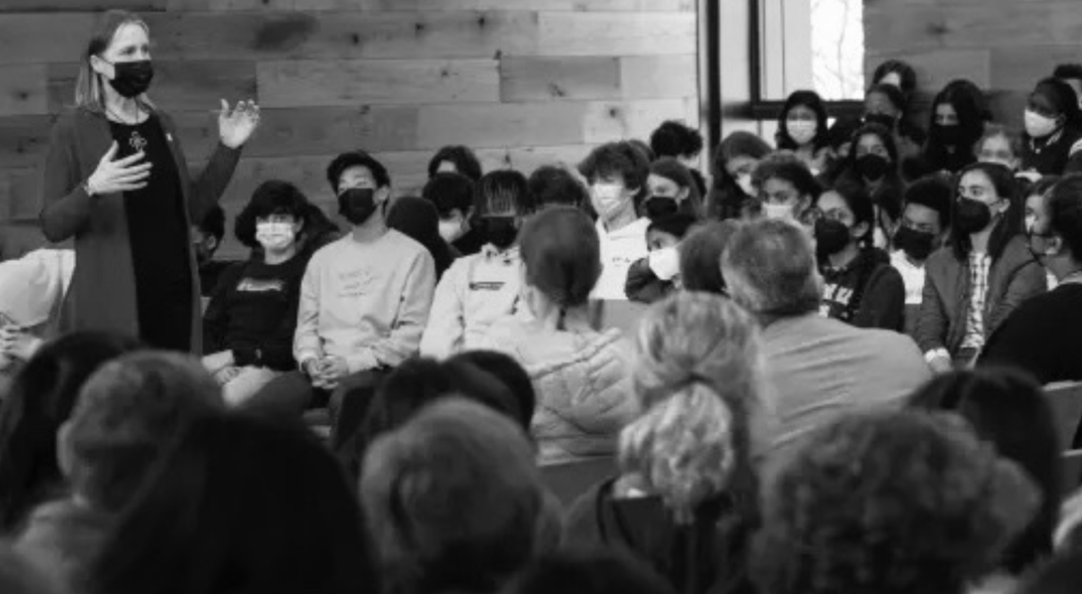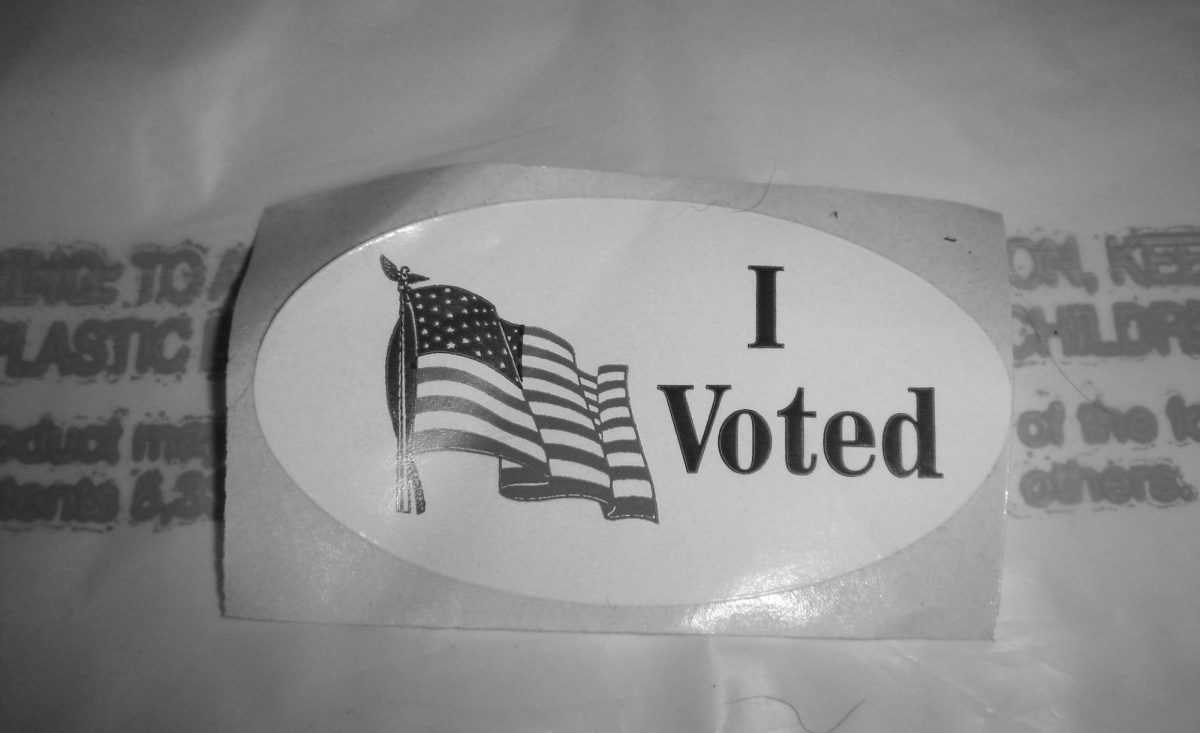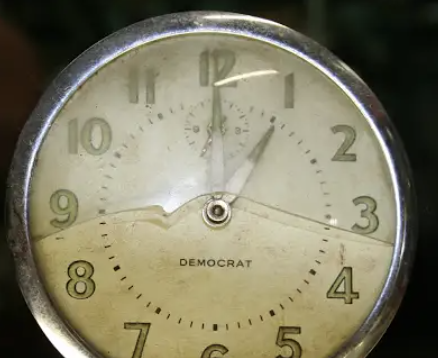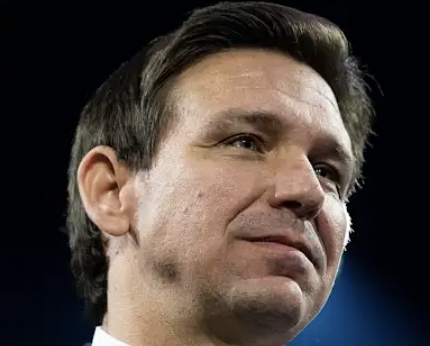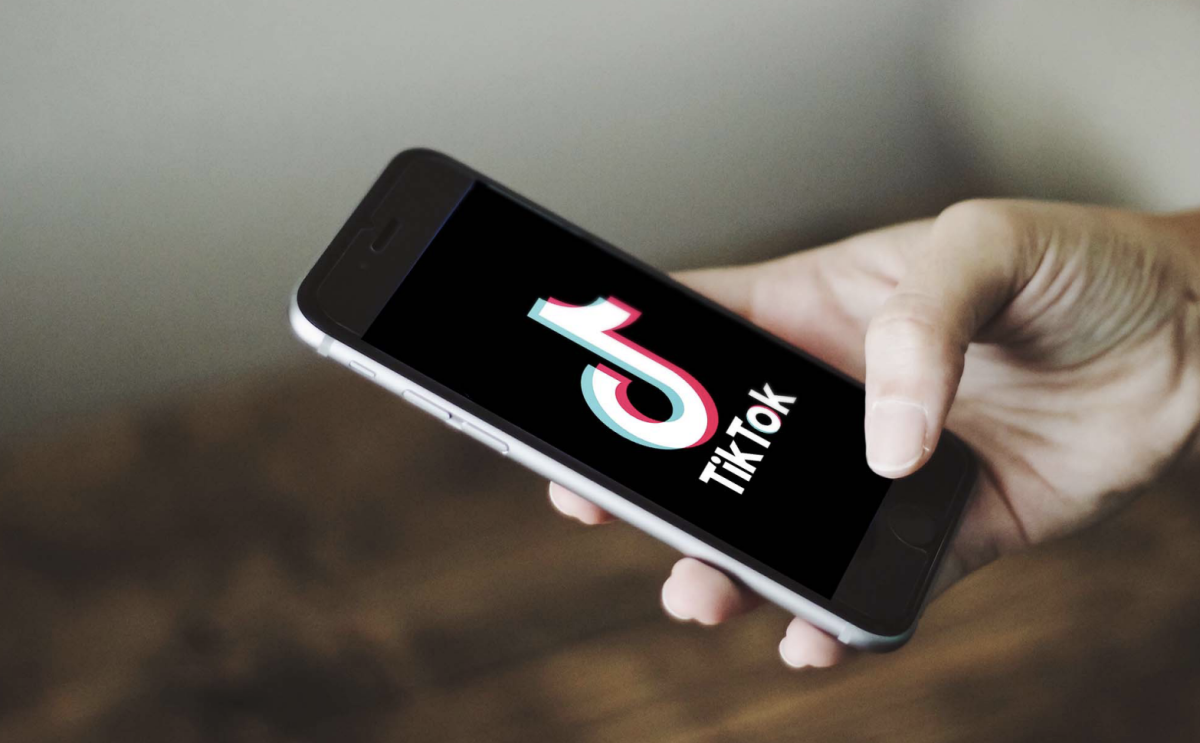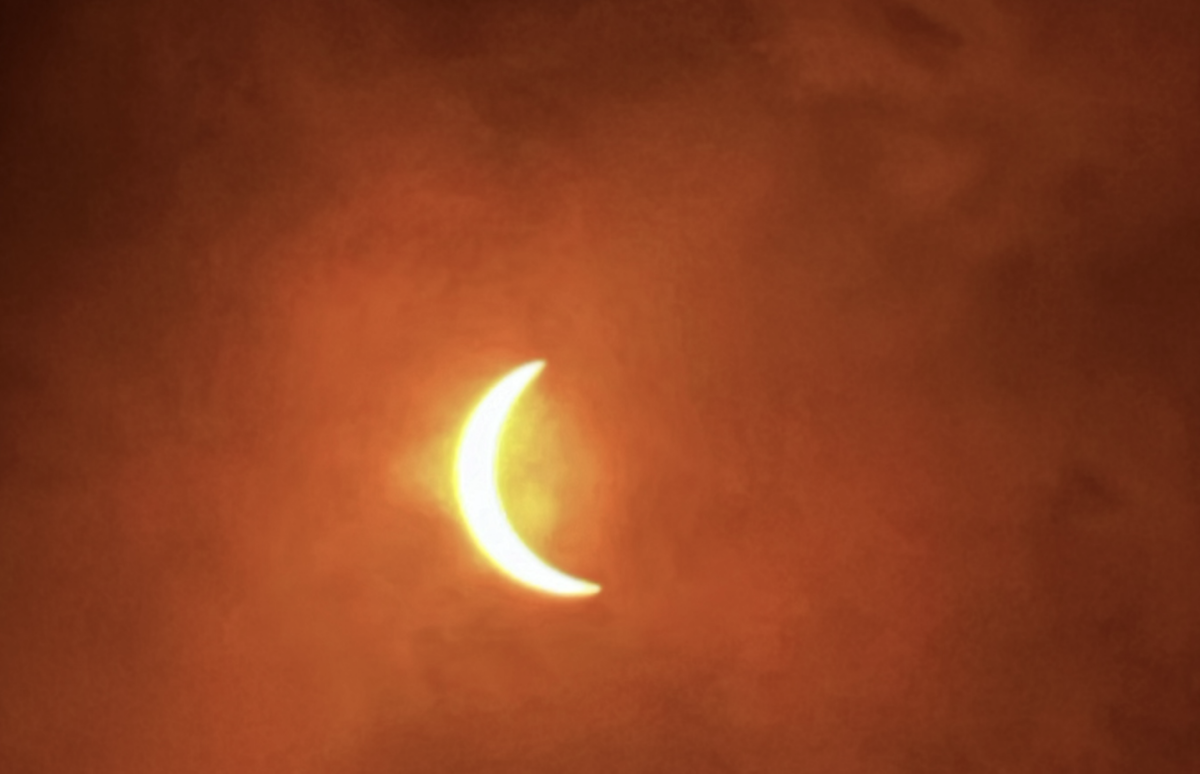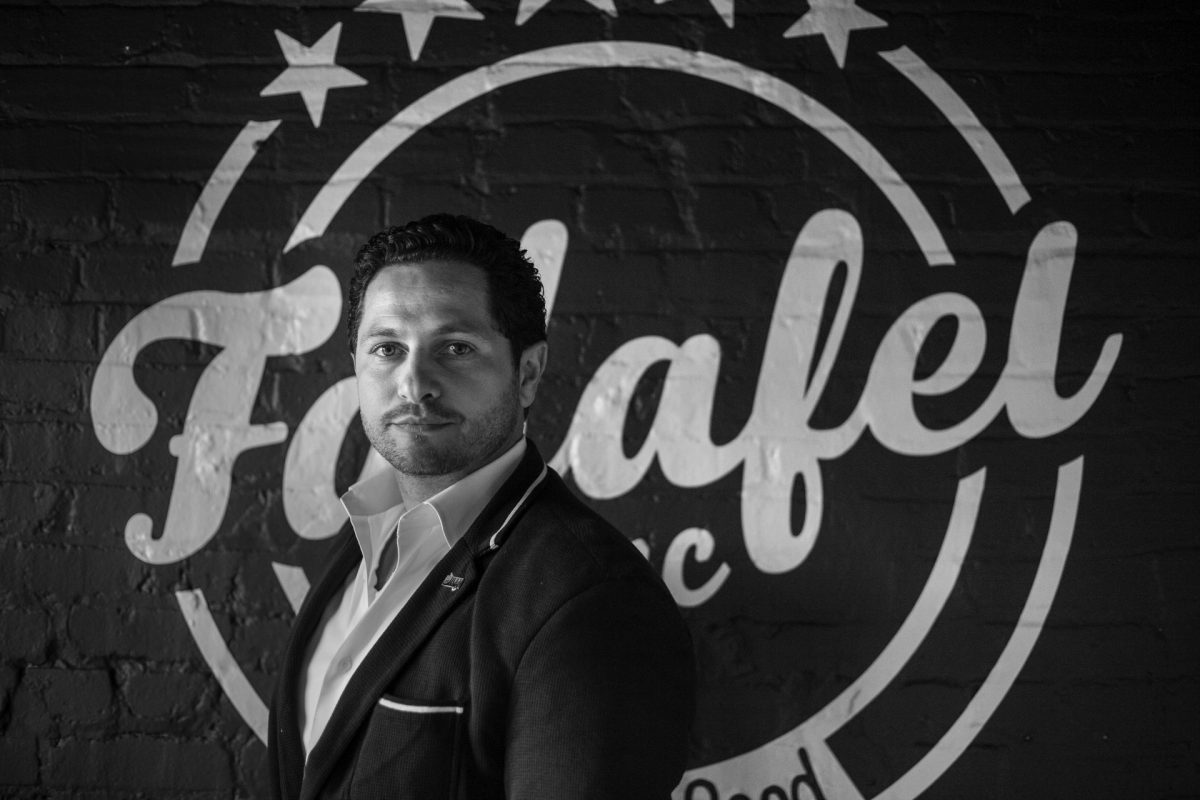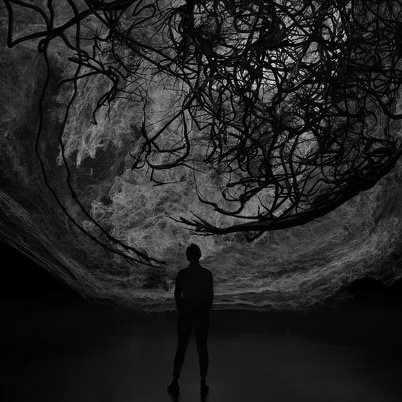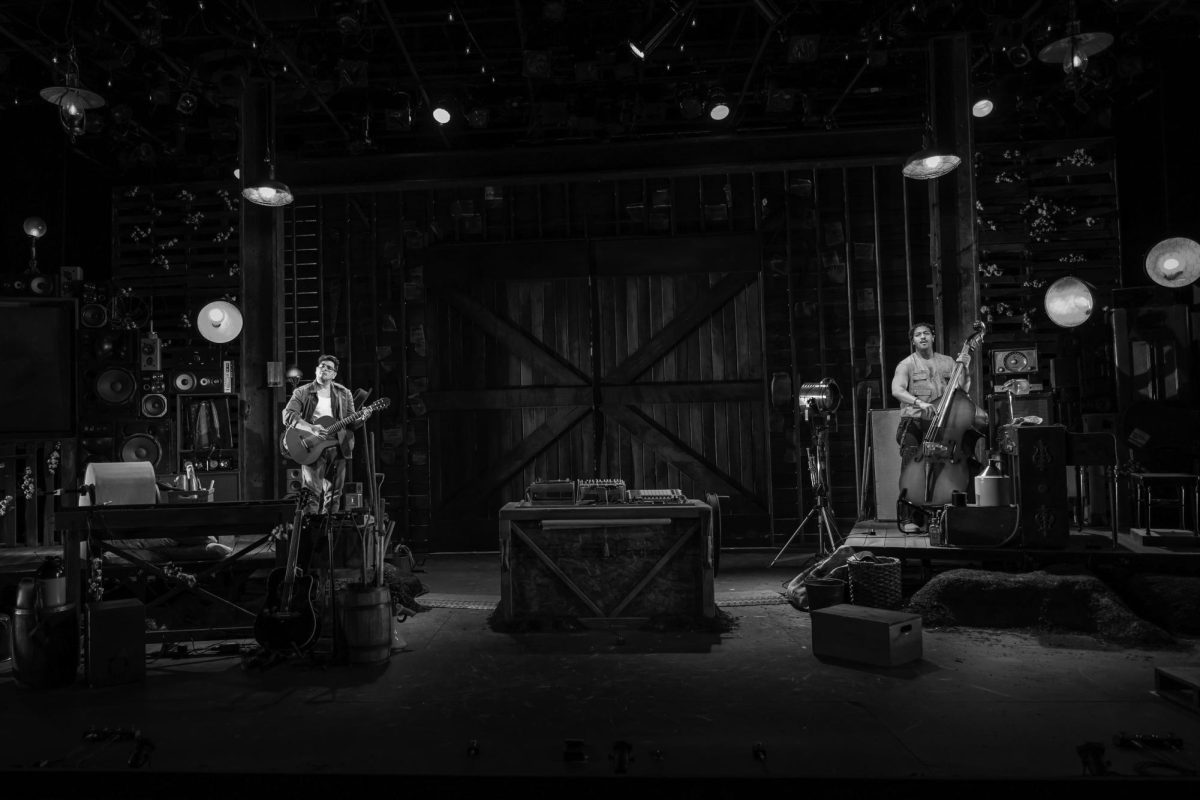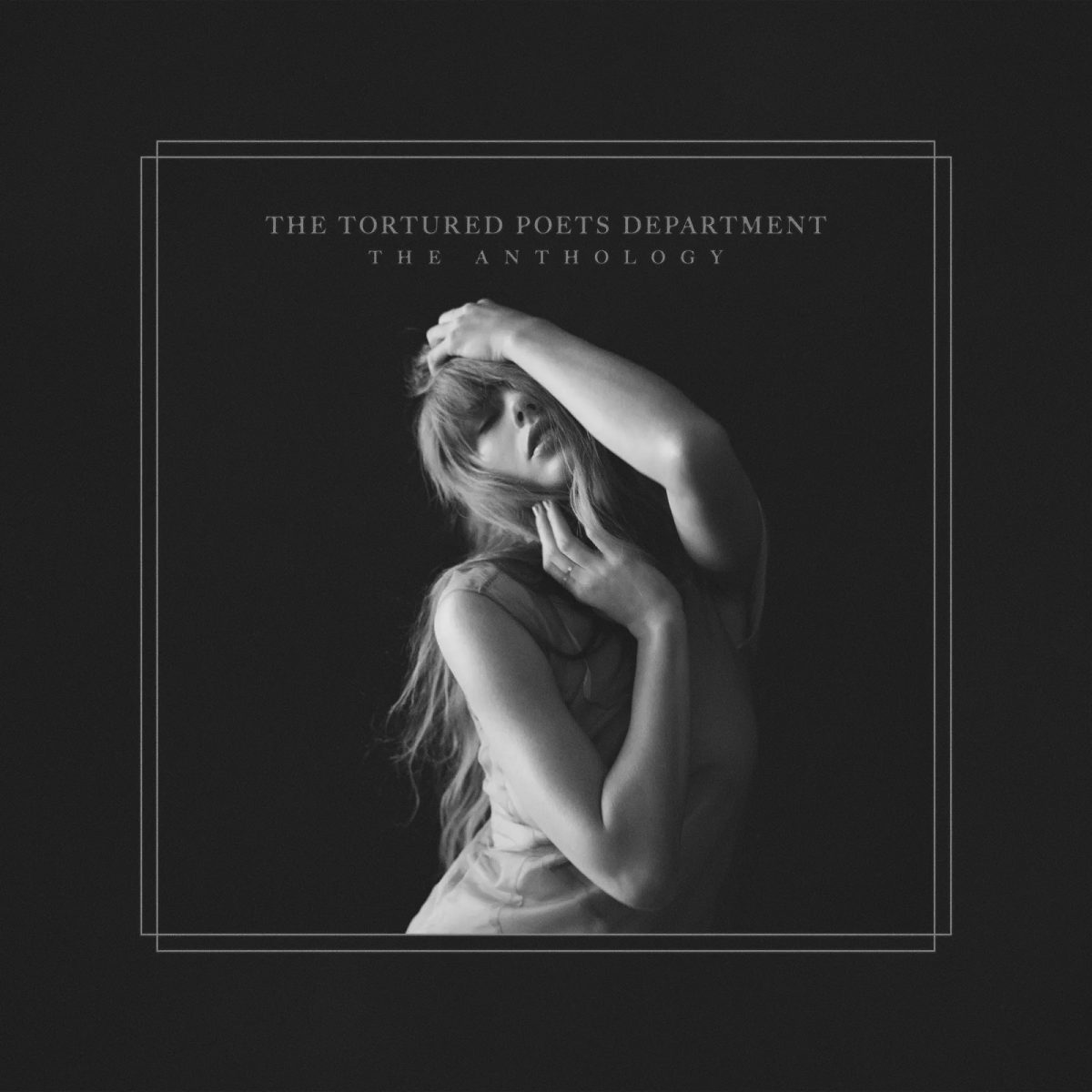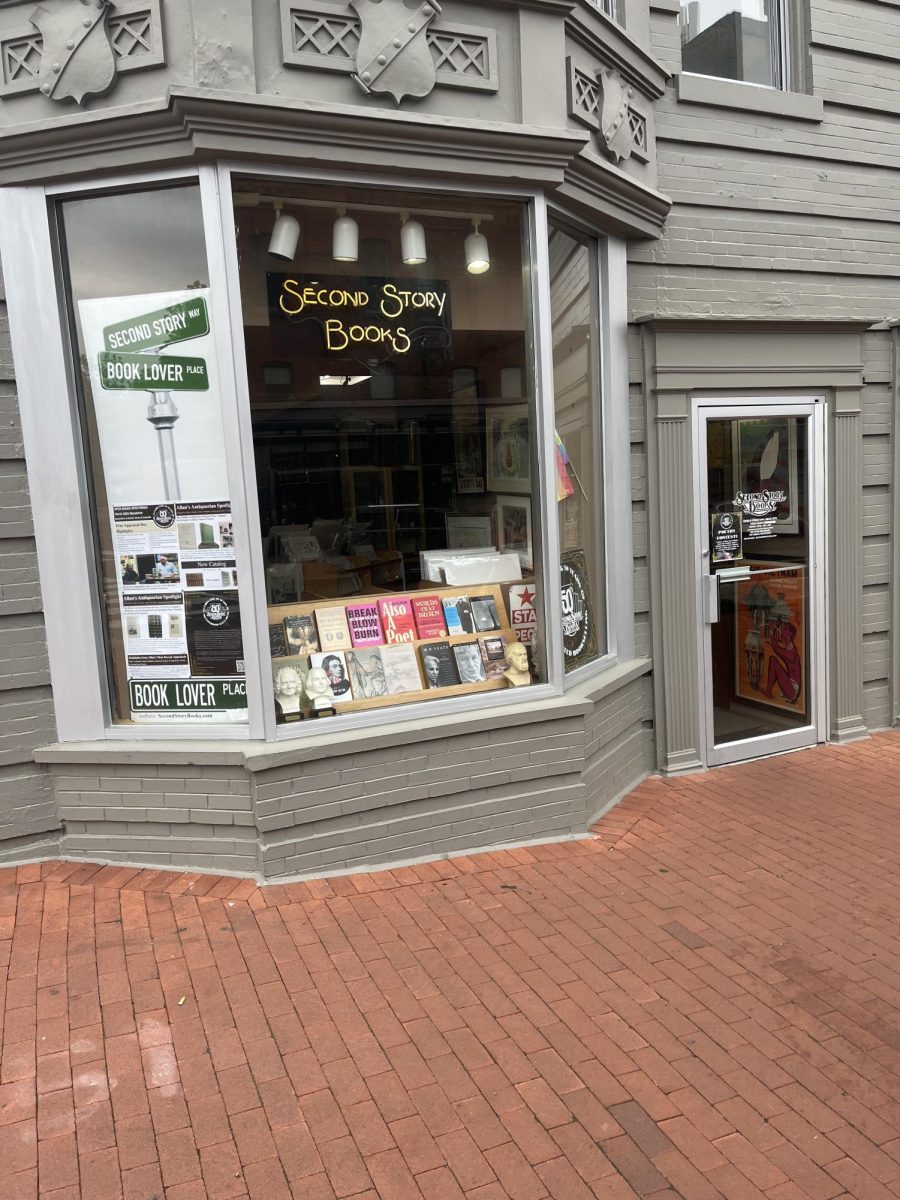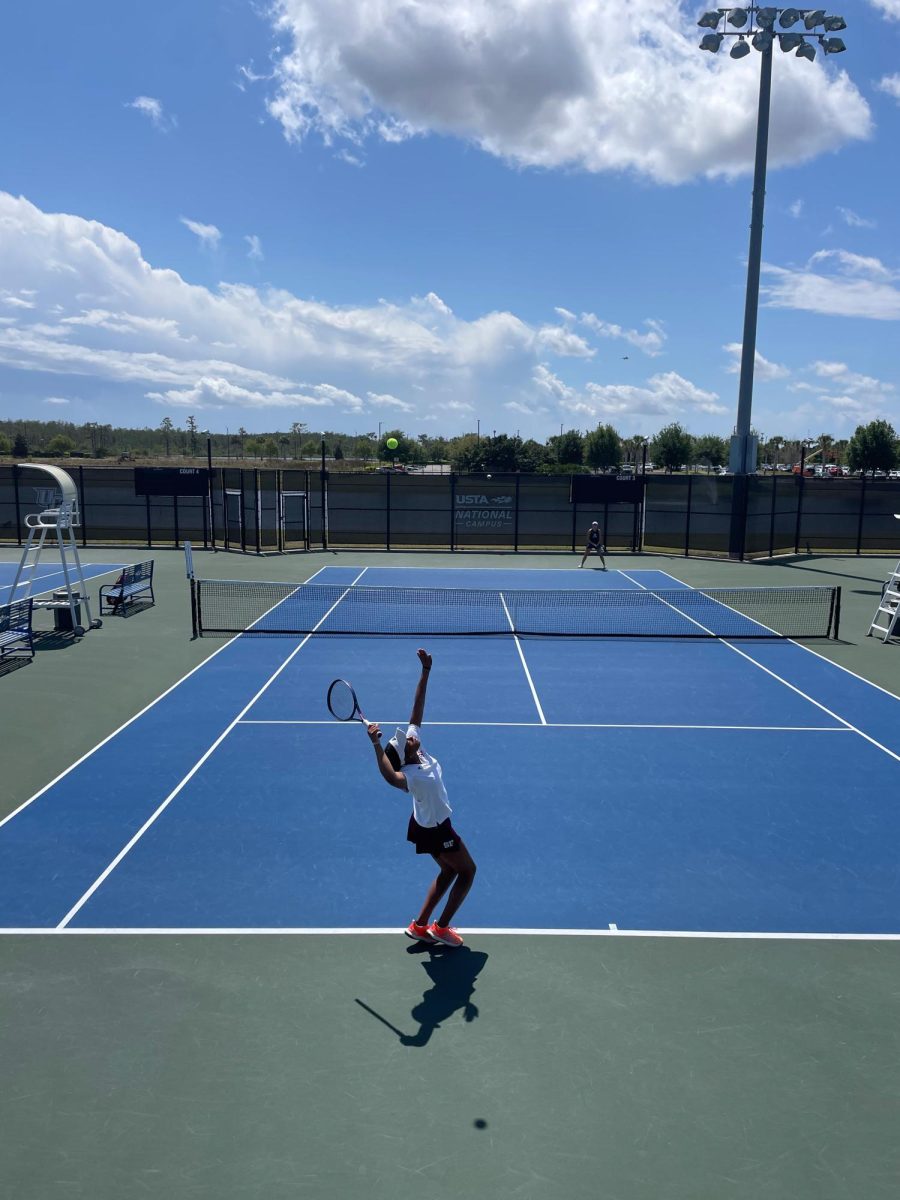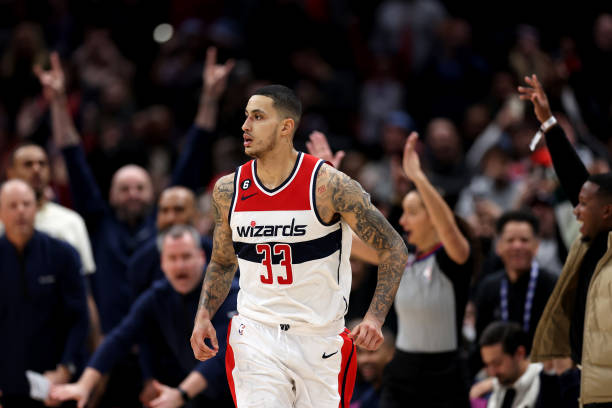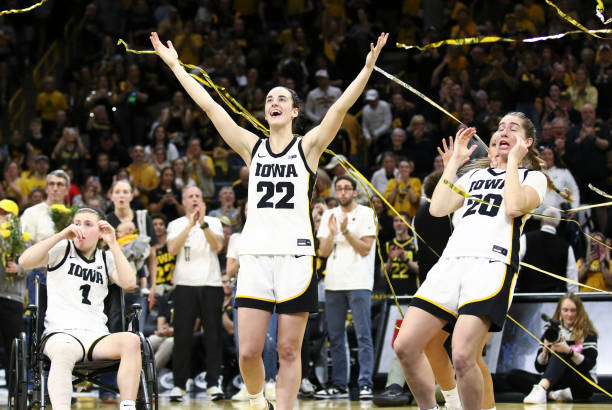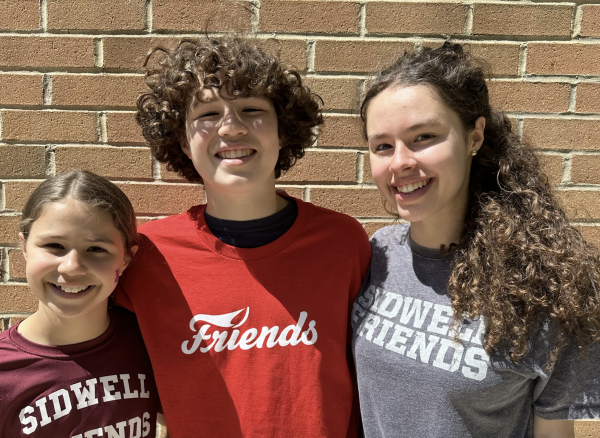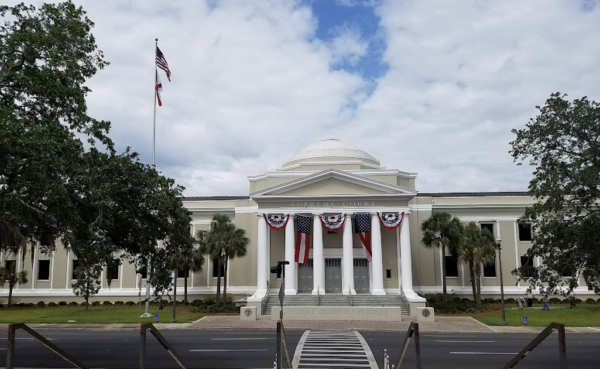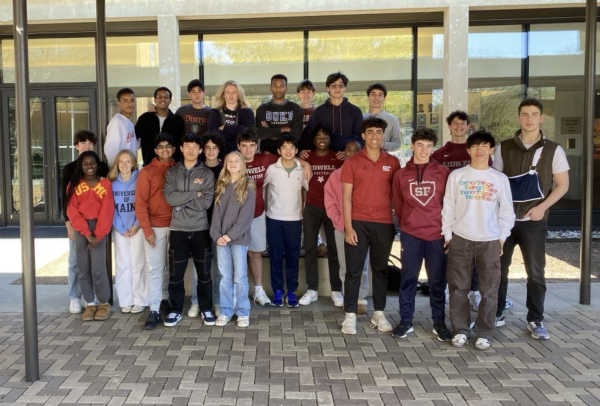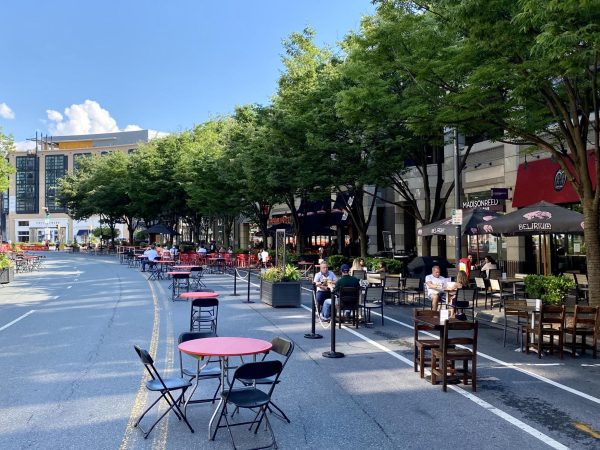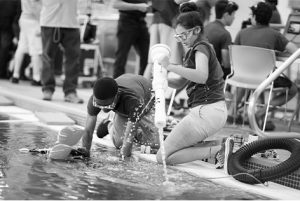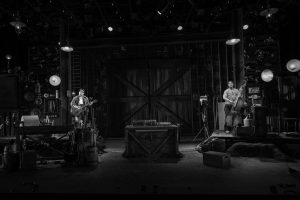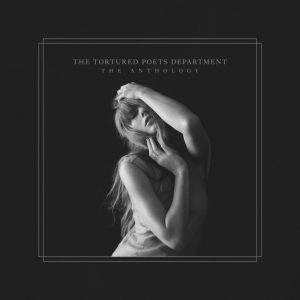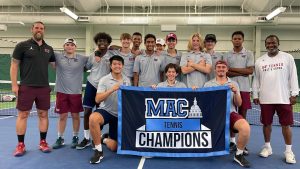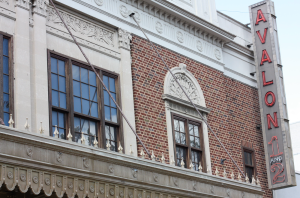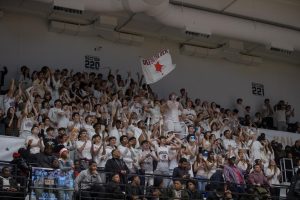Sidwell’s Annual EJC Day Met With Mixed Reviews
On April 11, Sidwell hosted an Equity, Justice, and Community (EJC) morning program. The half-day program was dedicated to conversations about equity, justice and community that revolved around the theme of “Belonging at Sidwell.”
All Upper School students chose two workshops to participate in during the day. For the first session, students were instructed to speak from the first-person perspective, while in the second workshop, allies were welcome.
The day started with an icebreaker activity before students were sent to their workshops. In the icebreaker, students were asked to stand when groups that they identified with were called out. However, the questions and topics quickly became uncomfortable for many students.
Senior Sean Wallace felt that it was a mistake to do the activity.
“I’m just not really sure what purpose it served, and I think it made some people uncomfortable in a bad way, not in an educational way,” they said.
Wallace noticed that students were particularly uncomfortable when asked to stand if they identified as queer, transgender or gender non-conforming.
“That either forces queer students to out themselves, or hide their identities … which is not ideal to do in a public space, in front of the entire school,” they added.
After the morning activity, students moved into the workshops. Each workshop was led by Sidwell student volunteers and explored a wide range of identities. Some clubs that hosted workshops included Brothers and Sisters of Africa, Children of Immigrants, Athletes and Girls in STEM.
Junior Winta Brhane led the Children of Immigrants and Brothers and Sisters of Africa workshops and had a positive experience in both.
“It was nice to be surrounded by people in similar communities,” she said.
Brhane appreciated the opportunity to explore shared stories.
“I think it brought me closer to a lot of people I didn’t know,” she said.
One moment in particular that stood out to her was during the Children of Immigrants workshop. In the workshop, students discussed how they separate their “American lives” from their lives with their communities outside of the country.
Brhane mentioned discussing this with a group of mostly freshmen.
“I had never talked to these people ever, but we had such similar shared stories about what it felt like, what the differences are between what is considered ‘home’ here and ‘home’ in other countries and how we stay close with our cultures,” Brhane said.
Wallace facilitated the Athletes workshop for both sessions. They mentioned that the students in the workshop were “surprisingly willing to engage and have an open conversation.” During the workshop, students discussed how to make athletics and the Sidwell community more equitable and inclusive.
After both workshops were completed, students gathered for a Meeting for Sharing, where students continued to share their differing views on the day.
Afterwards, the annual Multicultural Fashion Show began. Students and teachers from different backgrounds and communities modeled clothing that represented their respective cultures.
Brhane participated in the fashion show, wearing a turquoise and yellow zuria from Eritrea.
“I was really nervous going into it, but it was really nice being with a group of people who all shared the same nerves,” Brhane said.
Overall, Brhane felt that EJC Day achieved its goal to an extent. She felt the icebreaker led people “to focus more on those negative aspects” of EJC Day, rather than the positive aspects.
“I would assume that the goal was to foster solutions-oriented conversations about equity, justice and community,” Wallace said. “I think that it’s an important goal, but there is very little conversation about what the process of actually making change looks like. I think it would be more valuable, rather than holding space for critique, holding space for education about organizing leadership and activism,” they added.
Your donation will support the student journalists of Sidwell Friends School. Your contribution will allow us to purchase equipment and cover our annual website hosting costs.
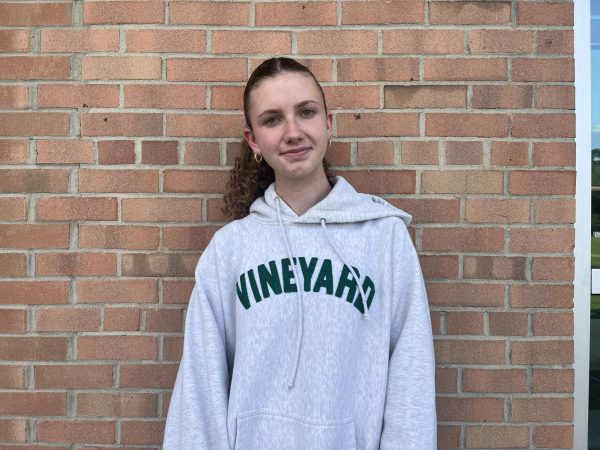
Emma Canan is currently a News Editor for Horizon. Prior to this, she worked as a Staff Writer for the newspaper.
